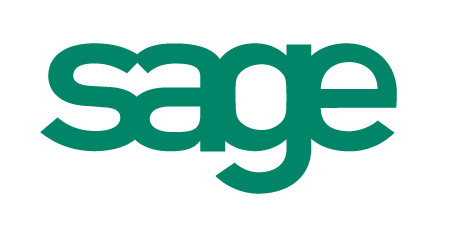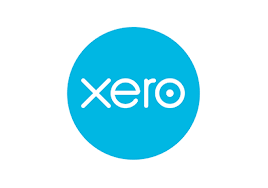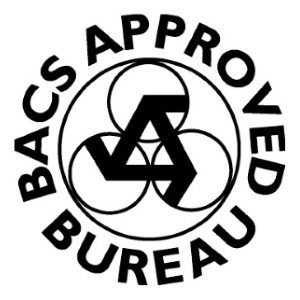How do I start a CVL?
When a business can no longer meet its financial obligations, it’s crucial to act quickly to protect creditors and directors alike. One effective solution is to start a Creditors’ Voluntary Liquidation (CVL). This formal insolvency process allows you to close your company in a structured, legal manner, ensuring assets are used to repay creditors as much as possible. By taking proactive steps to start a CVL, you can minimise liabilities, including potential personal liability for directors, safeguard your reputation and pave the way for a fresh start.
Signs your business may need a CVL
Understanding when to consider a CVL is crucial. Key warning signs include:
- Persistent cash flow problems — Consistent difficulty in meeting daily financial obligations.
- Inability to pay creditors on time — Missed payments, resulting in strained relationships with suppliers or lenders.
- Mounting pressure from HMRC or other major creditors — Threats of legal action or demands for immediate payment.
If these challenges persist, a CVL can provide a structured solution to wind down operations and address outstanding liabilities.
How to start a CVL
Starting a CVL involves several key steps:
- Initial advice
Obtain independent, professional advice from an Insolvency Practictioner.
- Board decision
The company’s directors meet to formally acknowledge the business’s insolvency and agree to commence the liquidation process.
- Insolvency practitioner appointment
A licensed insolvency practitioner (IP) is appointed to oversee the CVL, manage the realisation of assets, and ensure compliance with legal requirements.
- Shareholder meeting
Shareholders are invited to vote on a resolution to liquidate the company. Approval typically requires a 75% majority.
- Creditors’ meeting
Creditors are informed and given the opportunity to review the liquidation process. They may vote on the IP’s appointment and raise any concerns about the conduct of the company’s trading.
- Liquidation process begins
The IP takes control of the company’s assets, which are then realised. Proceeds are distributed to creditors according to a predetermined order of priority.
Benefits of a CVL
Opting for a CVL offers several advantages:
- Orderly closure of the company — Ensures the business is wound down in a structured and compliant manner.
- Minimises director liability — Directors can demonstrate that they acted responsibly by initiating the process, reducing personal exposure.
- Potential for a fresh start — Directors may be eligible to start new ventures, provided there is no evidence of wrongful trading or misconduct.
- Mitigates creditor losses — By liquidating assets efficiently, creditors are more likely to recover a portion of what they’re owed.
Common Misconceptions About CVLs
There are several misunderstandings surrounding CVLs, including:
“It’s the same as bankruptcy”
A CVL applies to limited companies, whereas bankruptcy applies to individuals. They are distinct legal processes.
“Directors can’t start new businesses”
Directors can start new ventures post-liquidation, provided they comply with insolvency laws and do not reuse the liquidated company’s name without permission — though there are exceptions.
These misconceptions can deter directors from exploring CVLs as a viable solution, but the process is often a positive step toward resolution and recovery.
Take control of your company’s future
If your business is struggling with unmanageable debts, a CVL could be the right solution. Don’t wait for creditors to take action—be proactive and explore your options today.
When you talk to BV Corporate Recovery & Insolvency Services Ltd, you can learn how a CVL can help close your business responsibly and set the stage for a fresh start. Contact us online today or give us a call at 0161 476 9000 for a free confidential consultation to discuss your options and find the best path forward for your business.












